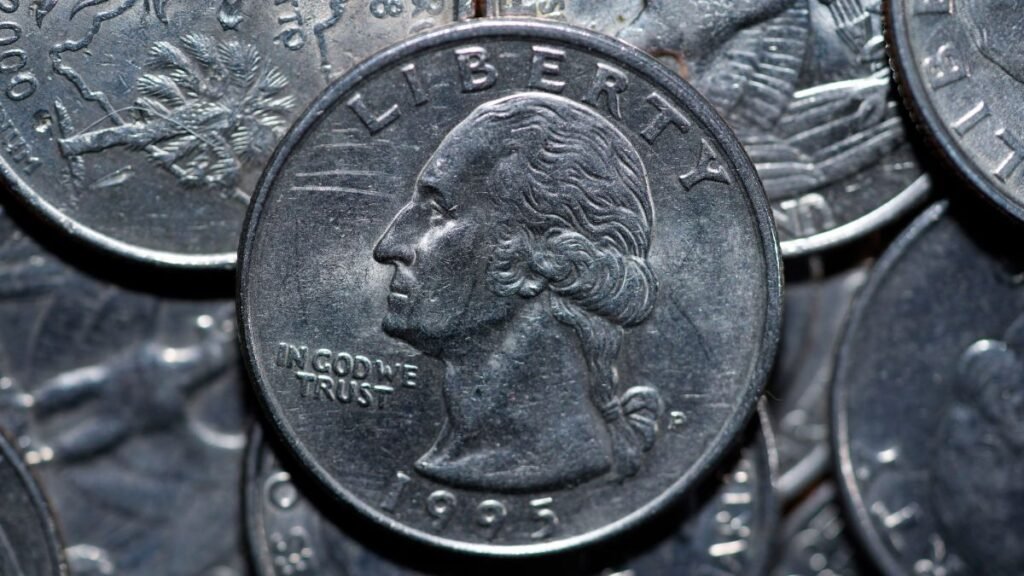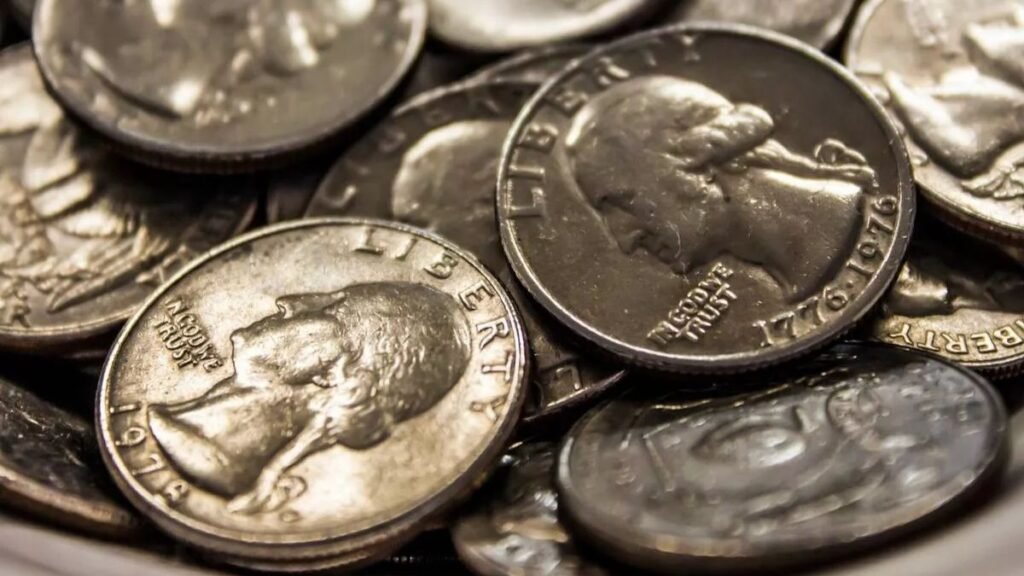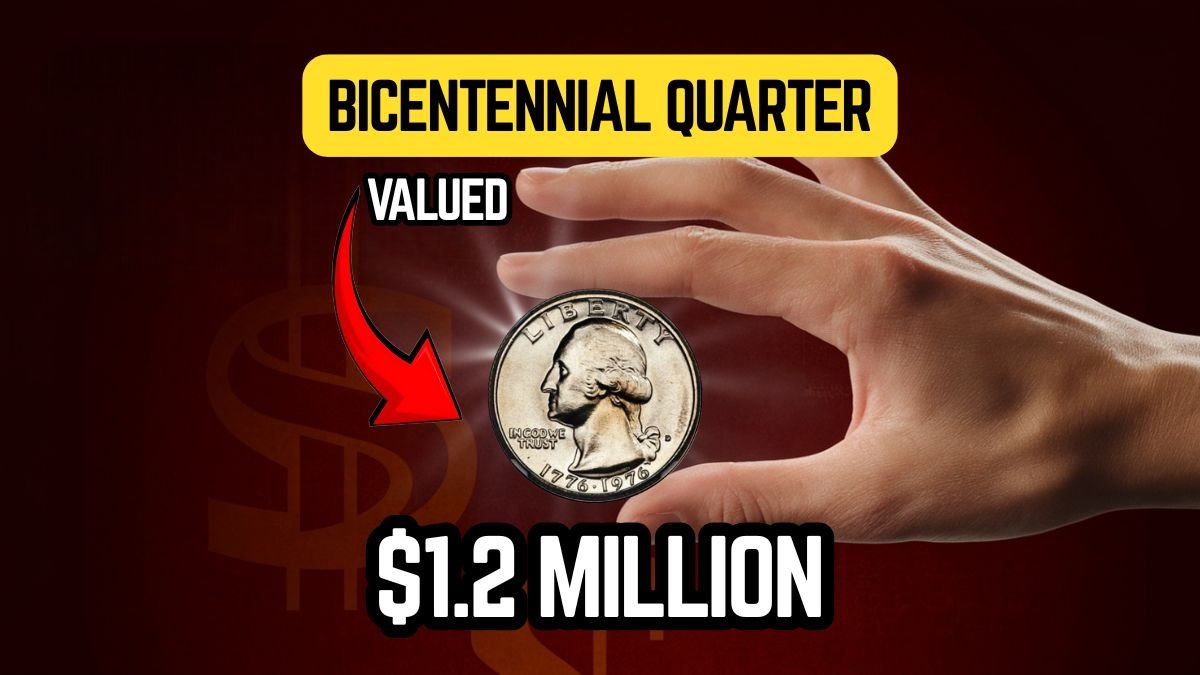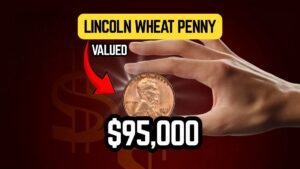Do you know that some quarter coins that are still in circulation today can be worth millions of dollars? Yes, recently the price of a 1976 Bicentennial Quarter reached $1.2 million at auction. Apart from this, there are many historical and rare coins, like the 1932-D Washington Quarter and the 1901-S Barber Quarter, whose value is more than $200,000.
If you are an amateur coin collector or just want to know if you have any valuable coins, then this article is for you. In this, we will tell you how to identify these rare quarters, why they are so valuable and how you can properly protect and evaluate your coins.
1976 Bicentennial Quarter: Do you have a $1.2 million coin?
Feature: This quarter became so valuable due to a special mistake. It was accidentally minted on a 90% silver planchet, whereas quarters are usually made from copper-nickel.
How to identify: The coin will have a uniform silver edge along the edge (not a copper stripe) and will have an “S” mint mark.
Other rare quarters that can sell for millions

1. 1932-D Washington Quarter
- Value: Over $200,000
- Identification: The reverse side has a “D” mint mark below the eagle. Only 436,800 coins were minted.
2. 1870-CC Liberty Seated Quarter
- Value: $200,000+
- Identification: Only 8,340 coins were minted by the Carson City Mint. The reverse has a “CC” mark.
3. 1901-S Barber Quarter
- Price: $200,000+
- Identification: Only 72,664 coins were made by the San Francisco Mint. If this coin is in “Mint State” then its value increases manifold.
Why are these coins so valuable?

1. Rarity and limited minting
- Coins that are very few in number become extremely valuable over time. For example, the 1932-D and 1901-S quarters were made in limited numbers, so they are extremely difficult to find today.
2. Minting errors
- Some coins are made by mistake during manufacture—like the Bicentennial Quarter, which was made on the wrong metal. Such coins are called “error coins” and are in great demand.
3. Historical significance
- Coins like the 1870-CC quarter tell the story of America’s Wild West and Gold Rush era. This historical background makes these coins even more valuable to collectors.
4. Coin condition and grading
- The condition of a coin is its biggest value determinant. If a coin is in Mint State, that is, without any scratches or wear, then its price becomes many times more than the normal.
How to identify rare and valuable coins?
Step 1: Examine your coins carefully
- Edge: Does it have a uniform edge of silver or copper?
- Mint mark: Look for a mark like D, S or CC below the eagle or design on the reverse of the coin.
- Year: Pay special attention to years like 1932, 1901, and 1976.
Step 2: Weigh the coin
- A normal quarter weighs 5.67 grams. If you suspect a quarter is made of silver, weigh it—if it’s around 6.25 grams, it’s probably rare.
Step 3: Do online research
- Websites like NGC Coin or PCGS have a comprehensive database of coin information, prices, and grading. Compare your coin to similar coins there.
Step 4: Get a professional appraisal
- If you think you have a valuable coin, have it certified by a professional. This will help determine the correct price and make it easier to sell.
Some special tips for identifying coins

1976 Bicentennial Quarter ($1.2 million)
- Mistake: Minted on a silver planchet
- How to identify: Silver Age, “S” mint mark, weighs approximately 6.25 grams
1932-D Washington Quarter ($200K+)
- Identification: “D” mint mark, only 436,800 made, extremely valuable in Mint State
1870-CC Liberty Seated Quarter ($200K+)
- Identification: “CC” mint mark, from the Carson City Mint, historic image of the Wild West
1901-S Barber Quarter ($200K+)
- Identification: “S” mint mark, only 72,664 made, rare in high grade
Conclusion: Do you have a rare coin?
The coin you use day could be worth millions of dollars to you. Coins like the Bicentennial Quarter can still be found in circulation today. If you pay attention, gather the right information, and have a professional appraisal done, you may have a coin that’s worth a treasure.
So the next time you hear a few coins jingle in your pocket—don’t ignore them. Who knows, your golden ticket might be hidden in them.
FAQs
Q. What makes the 1976 Bicentennial Quarter worth $1.2 million?
A. It was struck on a 90% silver planchet due to a minting error, making it extremely rare and valuable.
Q. How can I tell if I have a rare quarter?
A. Check for mint marks, the year of minting, unusual edges (like a solid silver edge), and any minting errors.
Q. Where is the mint mark located on a U.S. quarter?
A. Typically, it’s found on the reverse side below the eagle or near the date on modern coins.
Q. Are all 1976 Bicentennial Quarters valuable?
A. No, only specific ones with minting errors or those made from silver are worth significant amounts.
Q. Should I get my coin professionally appraised?
A. Yes, if you suspect it’s rare. Certification from PCGS or NGC can confirm authenticity and increase its value.


